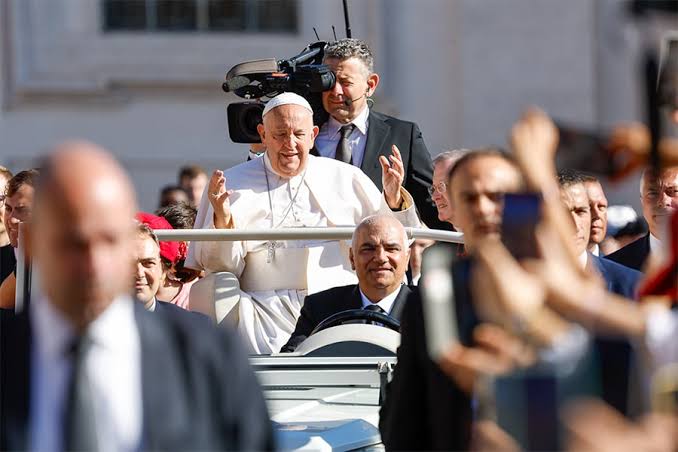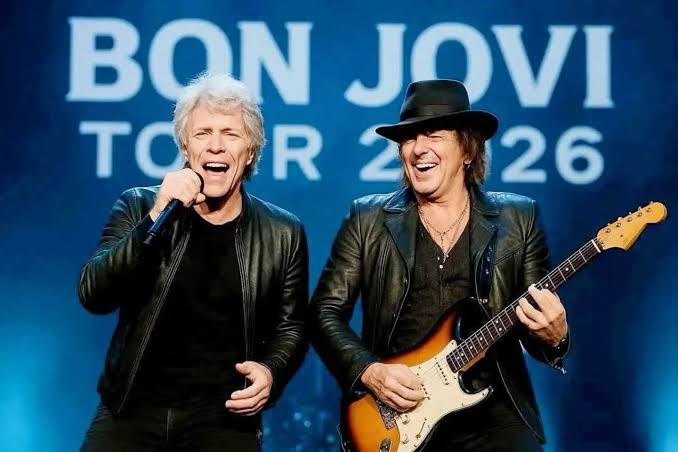The Camino de Santiago is much more than just a pilgrimage route. It is an inner journey. A transformative voyage. From its beginnings, it has been infused with spirituality, hospitality, and effort. But also something more: a universal dimension, visible in the deep relationship that Popes have maintained with the Camino throughout the centuries. From the first papal bulls to modern-day visits, the history of the Camino and the papacy are intertwined like two pilgrims walking together, in step, toward a common goal. Medieval Roots In the 9th century, the discovery of the tomb of the Apostle James in Galicia sparked a true spiritual revolution in Christian Europe. From that moment on, pilgrims began to arrive from all corners of the continent, crossing mountain ranges, rivers, and all kinds of dangers. And soon, Rome took notice. It was Pope Callixtus II, in 1122, who granted for the first time the plenary indulgence to pilgrims who visited the Apostle’s tomb during a Holy Year (when July 25th fell on a Sunday). A year later, Pope Honorius II ratified this privilege. These documents were not merely spiritual permissions. They were clear signs that the Church of Rome recognized Santiago as a center of devotion on par with Jerusalem or Rome itself. The papal bull Regis Aeterni (1179), signed by Alexander III, officially established the Compostela Jubilee. That text laid the canonical foundations for centuries of organized pilgrimage under Church guidance. And with it, a network of hospitals, monasteries, and hostels began to be built—structures we admire today as part of the Jacobean spirit’s legacy.
John Paul II in Galicia
On November 9, 1982, Galicia experienced a day that would mark its contemporary history. On that day, John Paul II became the first Pope to visit the Apostle’s tomb. The impact was immense, both for the Church and Galician society. The image of the Pontiff embracing the statue of the Apostle became an icon for an entire community.
But what truly made that visit historic was his speech. From the cathedral of Santiago, he delivered what is now known as the “Homily to Europe.” His words were direct, passionate, deeply symbolic:
In 1982, at a time when Europe was divided and searching for identity, John Paul II delivered from Santiago a powerful message: without its Christian roots, the continent risked losing its soul. That homily was more than a speech; it was a manifesto that turned the Camino de Santiago into a symbol of the European soul and sparked a renaissance of the Jacobean route, promoting its recovery, signage, and international recognition into what it is today. Benedict XVI: Sobriety, Depth, and Liturgical Beauty Twenty-eight years later, on November 6, 2010, it was Benedict XVI’s turn. His style was different: a great theologian, a man of measured words and a calm gaze. Yet his visit to Galicia left an equally profound impression. He celebrated Mass in the Plaza del Obradoiro, in front of an emotional crowd. In his homily, he didn’t adopt the vibrant language of his predecessor. Instead, he proposed a spirituality of silence, contemplation, and inner pilgrimage:
A Goal with Universal Echo
The Popes have not been mere illustrious visitors to Galicia. They have been spiritual guardians of the Camino. They have revitalized, protected, and updated it. They have reminded us that to walk the Camino is not only to travel, but to be transformed.
They have helped the Camino become much more than a tourist phenomenon. They have reaffirmed it as a symbol of faith, identity, and shared humanity.
Every step taken toward Santiago is charged with centuries, with names, and with silence. And among them, the firm and serene voice of those who, from the chair of Peter, have walked alongside the rest of the pilgrims.


